Spanking Shakespeare and Welcoming Wizner
 Wednesday, December 5th, 2007
Wednesday, December 5th, 2007
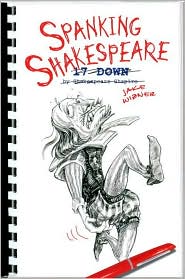 {Friendly Warning: Some plot spoilers below} . . .
{Friendly Warning: Some plot spoilers below} . . .
In author and English teacher Jake Wizner’s first book, a YA novel entitled Spanking Shakespeare (Random House; September 2007; review copy) — also a Fall 2007 Book Sense Teen Pick — we meet Shakespeare Shapiro. It’s his senior year of high school. He’s never had a girlfriend; he’s never kissed a girl; his brother, Gandhi (yes, Gandhi), who is two years younger, has a girlfriend, will lose his virginity before Shakespeare, and is terrifically popular at school; and he has only two close friends: “Neil Wasserman, whose favorite thing to do is discuss his bowel movements; and Katie Marks, who favorite thing to do is tell me how pathetic I am.” And then there’s his name:
“It’s hard to imagine what my parents were thinking when they decided to name me Shakespeare. They were probably drunk . . . I’ve given up asking them about it because neither of them is able to remember anything anymore, and the stories they come up with always leave me feeling like it might not be so bad to dig a hole in the backyard and hide out there until I leave for college next year. That is, if I get into college.” Read the rest of this entry �
 {Note: Please see the post below this one for today’s Robert’s Snow schedule}
{Note: Please see the post below this one for today’s Robert’s Snow schedule}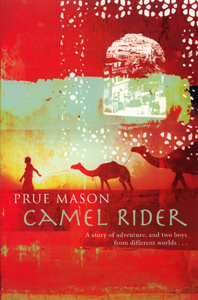
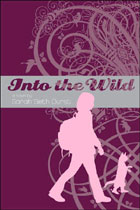 {Note: Please see the post below for today’s Robert’s Snow schedule!}
{Note: Please see the post below for today’s Robert’s Snow schedule!}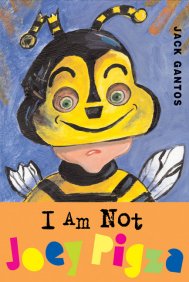
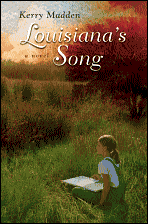 *
* 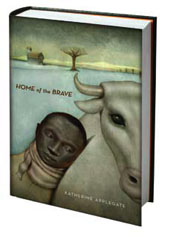 {Note: Please see the below post for today’s Robert’s Snow schedule!} . . .
{Note: Please see the below post for today’s Robert’s Snow schedule!} . . . 
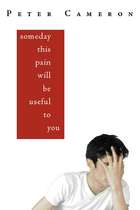 Hi, everyone. Just a quick note to say that we will be guest blogging at
Hi, everyone. Just a quick note to say that we will be guest blogging at 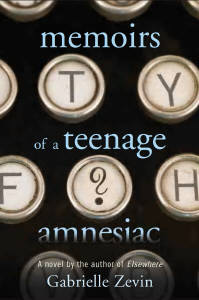 We are looking forward to the rest of our articles over at ForeWord. If you’re not familiar with them, you can read all about it
We are looking forward to the rest of our articles over at ForeWord. If you’re not familiar with them, you can read all about it 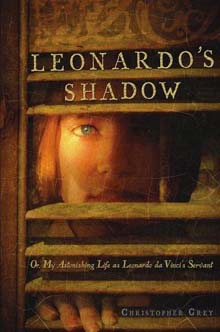
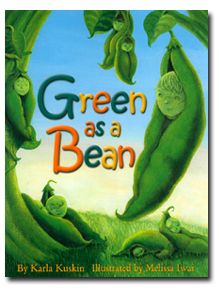
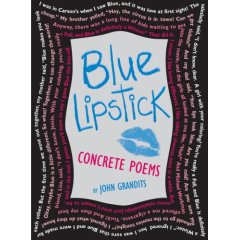
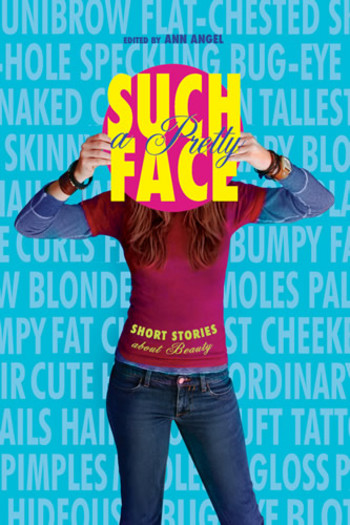
 {Note: For the rest of today’s Radar-Books schedule, scroll down to the bottom of this post} . . .
{Note: For the rest of today’s Radar-Books schedule, scroll down to the bottom of this post} . . . 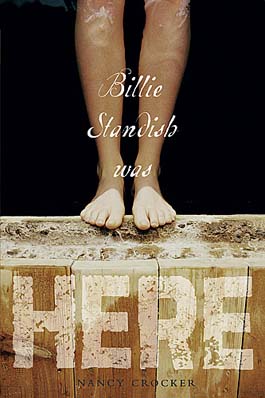 It’s the summer of 1968 in the small town of Cumberland, Missouri, and Billie — from whose perspective the entire novel is told — is eleven years old. Not only does she not register in her parents’ radar on any level whatsoever (other than providing her food and shelter, as if she’s simply a pet to feed), but the town, way past its heyday, suddenly seems even lonelier than normal after a long period of “bone-soaking rain.” School has ended for the summer. Daily, Billie finds herself alone in her room, as usual, her parents never there. When they are there, she is ashamed and afraid to speak up, doing so making her feel flat-out strange (after her mother makes one particularly hateful comment to Billie, she winces: “When she caught me off guard she could still make me wonder just when it was that she decided to stop taking care of me altogether”). After venturing out one day, she sees and hears no one, wondering why the town seems abandoned and feeling as if she might shrink. As she’s about to turn back for home, she sees and speaks to the neighbor across the street, Lydia Jenkins (“{s}he looked like every grandma in the world”) and learns that the town members are afraid the levee may break. Though everyone else seems to be off working to shore up levees against the river, Billie’s parents, Lydia tells her, are still working in the field every day, as always, Billie’s father having remembered that when the levee broke in ’51, there was enough time to sandbag before the water got to town. Eventually, Billie comes to learn that Miss Lydia is the only other person besides her family to stick around, and a friendship with her is born out of circumstance.
It’s the summer of 1968 in the small town of Cumberland, Missouri, and Billie — from whose perspective the entire novel is told — is eleven years old. Not only does she not register in her parents’ radar on any level whatsoever (other than providing her food and shelter, as if she’s simply a pet to feed), but the town, way past its heyday, suddenly seems even lonelier than normal after a long period of “bone-soaking rain.” School has ended for the summer. Daily, Billie finds herself alone in her room, as usual, her parents never there. When they are there, she is ashamed and afraid to speak up, doing so making her feel flat-out strange (after her mother makes one particularly hateful comment to Billie, she winces: “When she caught me off guard she could still make me wonder just when it was that she decided to stop taking care of me altogether”). After venturing out one day, she sees and hears no one, wondering why the town seems abandoned and feeling as if she might shrink. As she’s about to turn back for home, she sees and speaks to the neighbor across the street, Lydia Jenkins (“{s}he looked like every grandma in the world”) and learns that the town members are afraid the levee may break. Though everyone else seems to be off working to shore up levees against the river, Billie’s parents, Lydia tells her, are still working in the field every day, as always, Billie’s father having remembered that when the levee broke in ’51, there was enough time to sandbag before the water got to town. Eventually, Billie comes to learn that Miss Lydia is the only other person besides her family to stick around, and a friendship with her is born out of circumstance. 